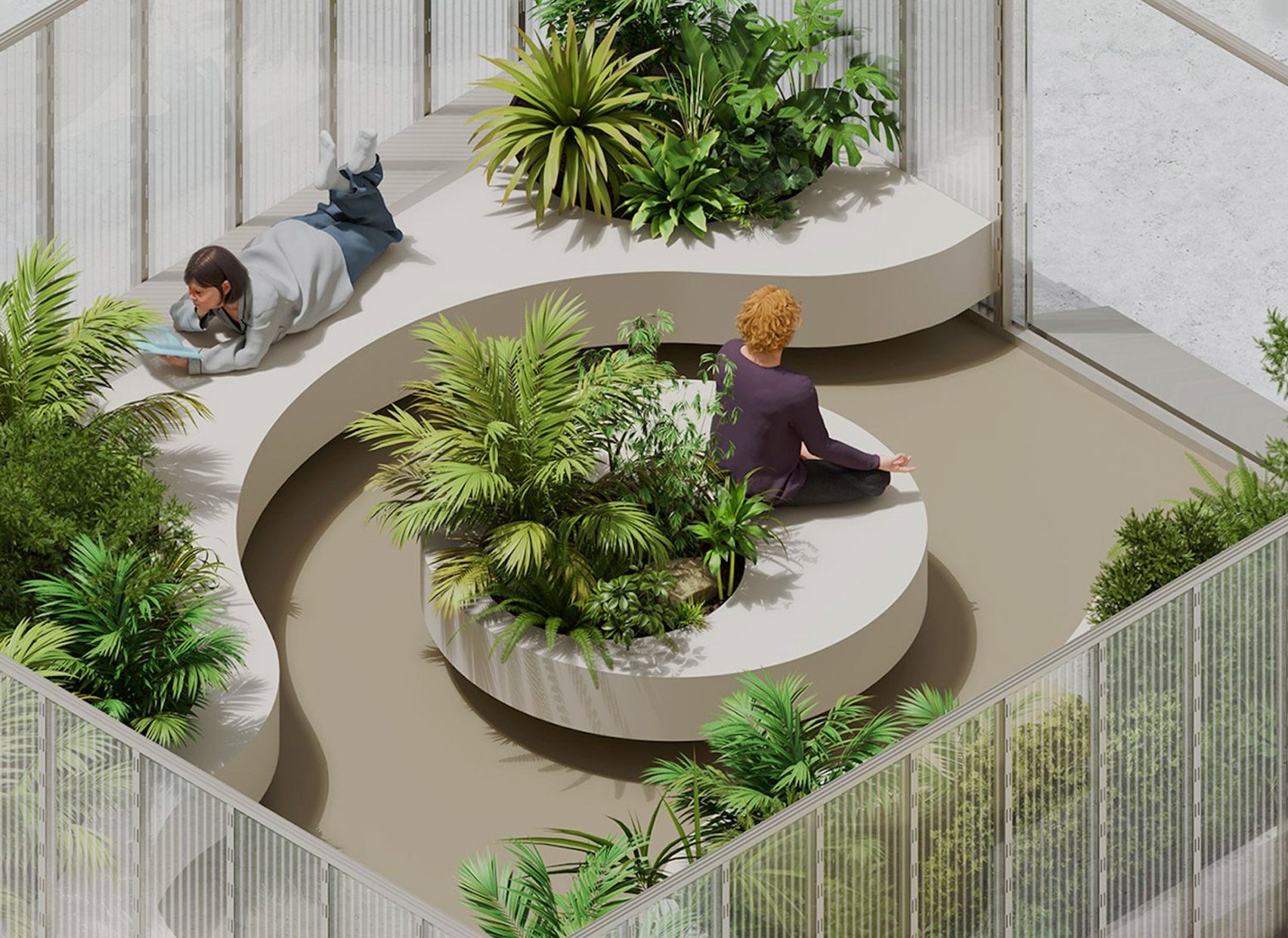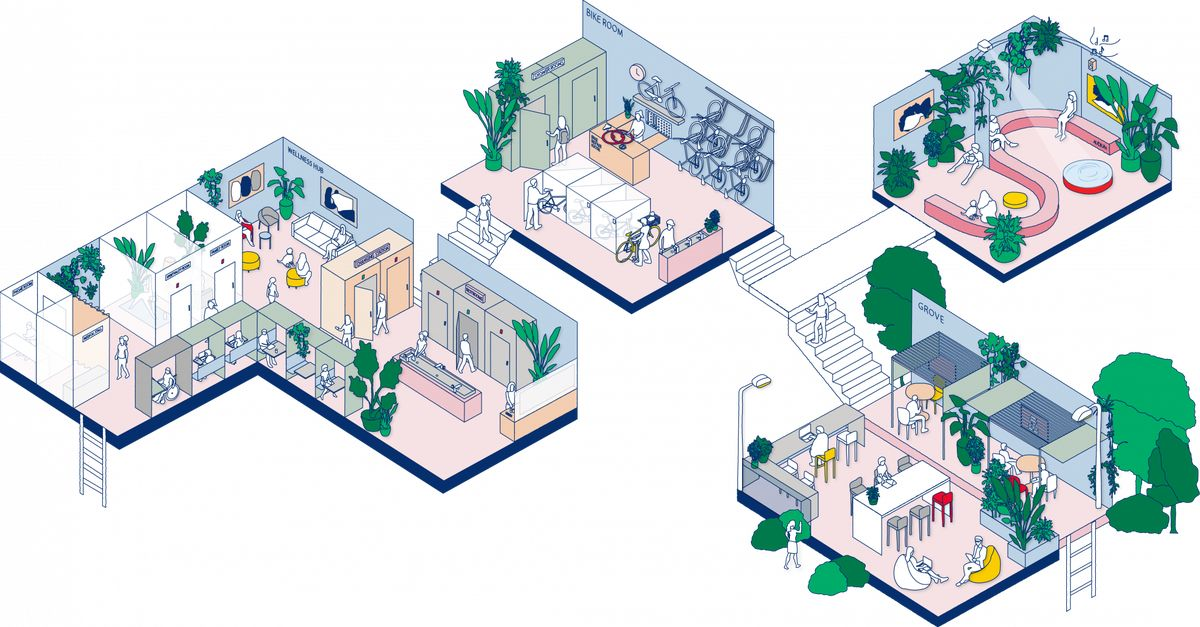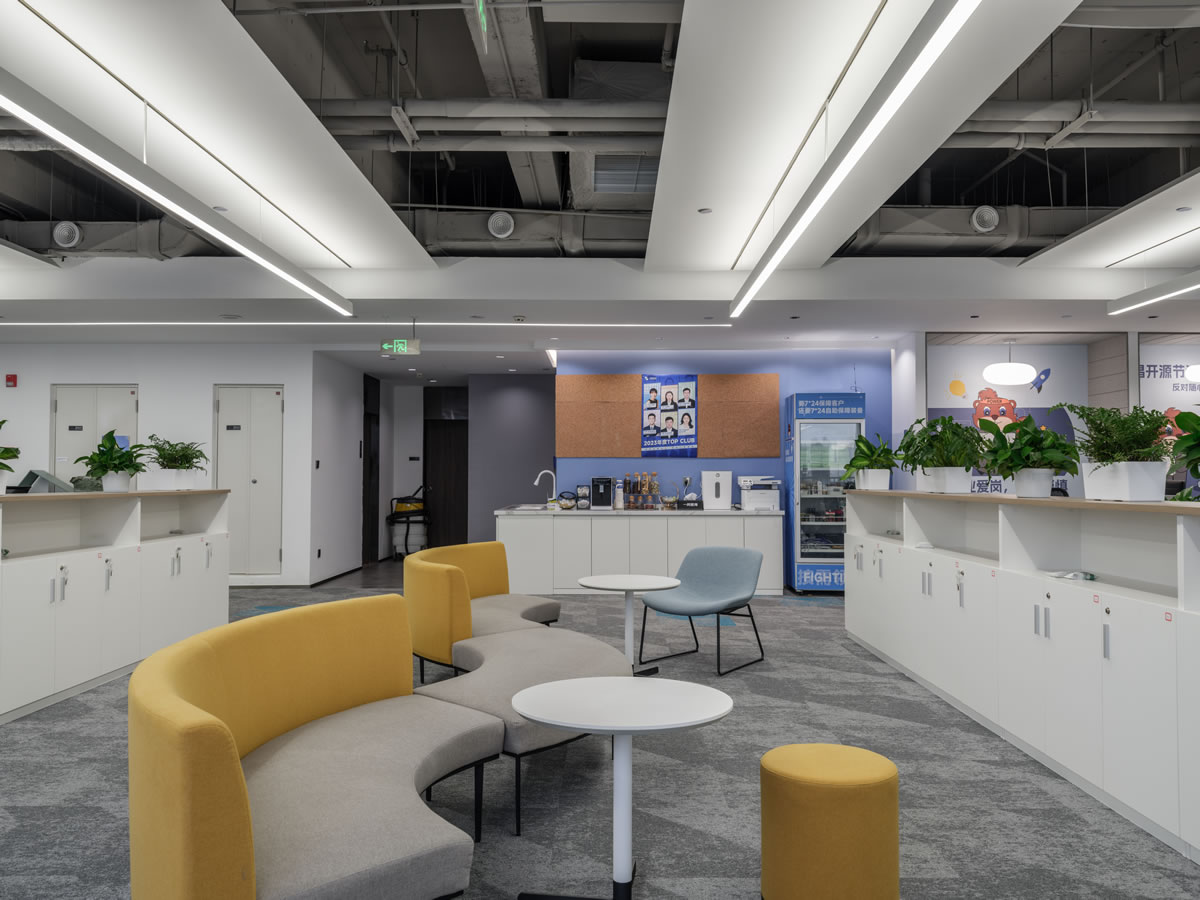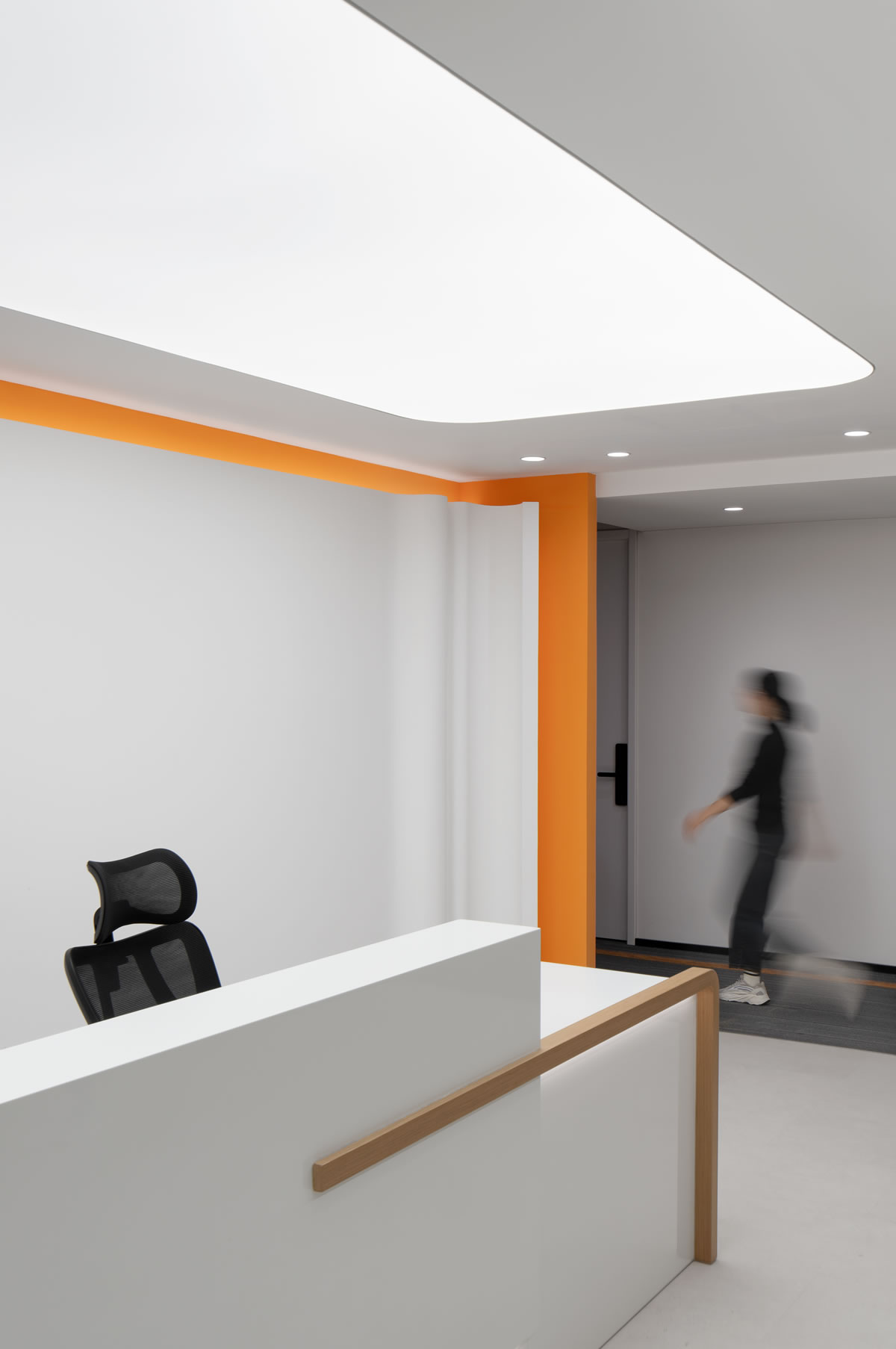
COPYRIGHT © GLEAM SPACES
POWER BY:MINGTU
Have you experienced these scenes before?
The incessant phone calls in the open office area make it difficult for people to concentrate;
The lengthy discourse in the pantry "penetrates" the partition, disrupting the pace of the meeting;
The echo in the front desk reception area greatly reduces the visitor experience
According to a report by the International WELL Building Research Institute, 70% of employees believe that the noise environment directly affects their work focus, and optimizing acoustic design can improve team efficiency by over 35%.
This article will systematically analyze the acoustic solutions for office spaces, helping enterprises create "high-efficiency silent fields".
1、 Three core principles of office acoustic design
Open office areas have become the preferred choice for many enterprises due to their transparent spatial feel and the convenience of team collaboration, but noise issues are also closely related. The following methods can solve this problem:

1. Source control: reduce noise generation
Choosing low-noise equipment is the key to reducing mechanical noise. At the same time, setting up a dedicated communication area to guide employees to communicate here, centrally managing interpersonal communication sounds, avoiding noise from spreading freely in the office area, reducing noise generation from the source, and creating a quiet working environment for employees.
2. Propagation obstruction: Building acoustic barriers
Using physical barriers to control sound propagation is an effective means. Installing carpets can absorb footsteps and chair movement sounds; Soft pack furniture can enhance spatial comfort and also absorb sound. Physical partitions such as screens and storage cabinets can effectively block the propagation of sound, reduce the reflection and echo of noise in the office area, and create a relatively independent acoustic space for employees.
3.Requirement stratification: precise service for diverse scenarios
Considering the work needs of different employees, it is recommended to set up quiet areas and soundproof telephone booths. The quiet zone provides a quiet corner for employees who require high concentration, allowing them to complete important tasks without interference; Soundproof telephone booths provide employees who need to communicate by phone with a private and undisturbed space, allowing each employee to work efficiently in an environment that suits them and improving the overall efficiency of the team.
2、 Acoustic solutions for 3 major functional areas
1. Open Office Area: Balancing Collaboration and Focus
There is no obstruction between open workstations, and the sounds of keyboards and discussions are intertwined, forming cross interference, making it difficult to concentrate on work. In addition, the reverberation generated in the space during temporary collaboration can lead to distorted communication information, seriously affecting work efficiency. To solve these problems, we can start from three aspects: workstation optimization, space segmentation, and ceiling design.
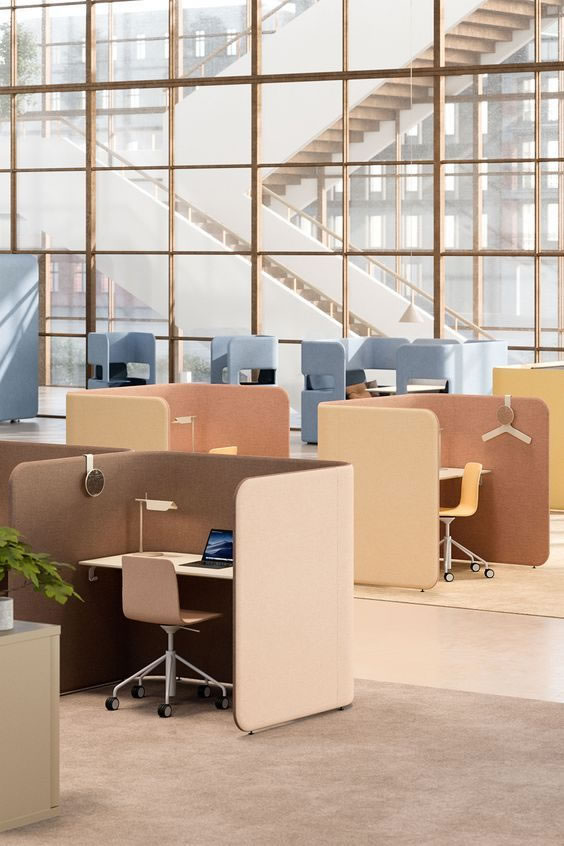
1) Workstation optimization
Installing multifunctional screen partitions can absorb over 30% of noise, effectively blocking sound transmission and allowing employees to work in a relatively quiet environment.
2) Space segmentation
By utilizing physical barriers such as team filing cabinets and mobile phone booths, a small "sound isolation island" can be formed in an open office environment, which can meet collaboration needs and reduce noise interference.
3) Ceiling design
Decorative baffles paired with sound-absorbing ceilings reduce sound reflection from above, further optimizing the acoustic environment.
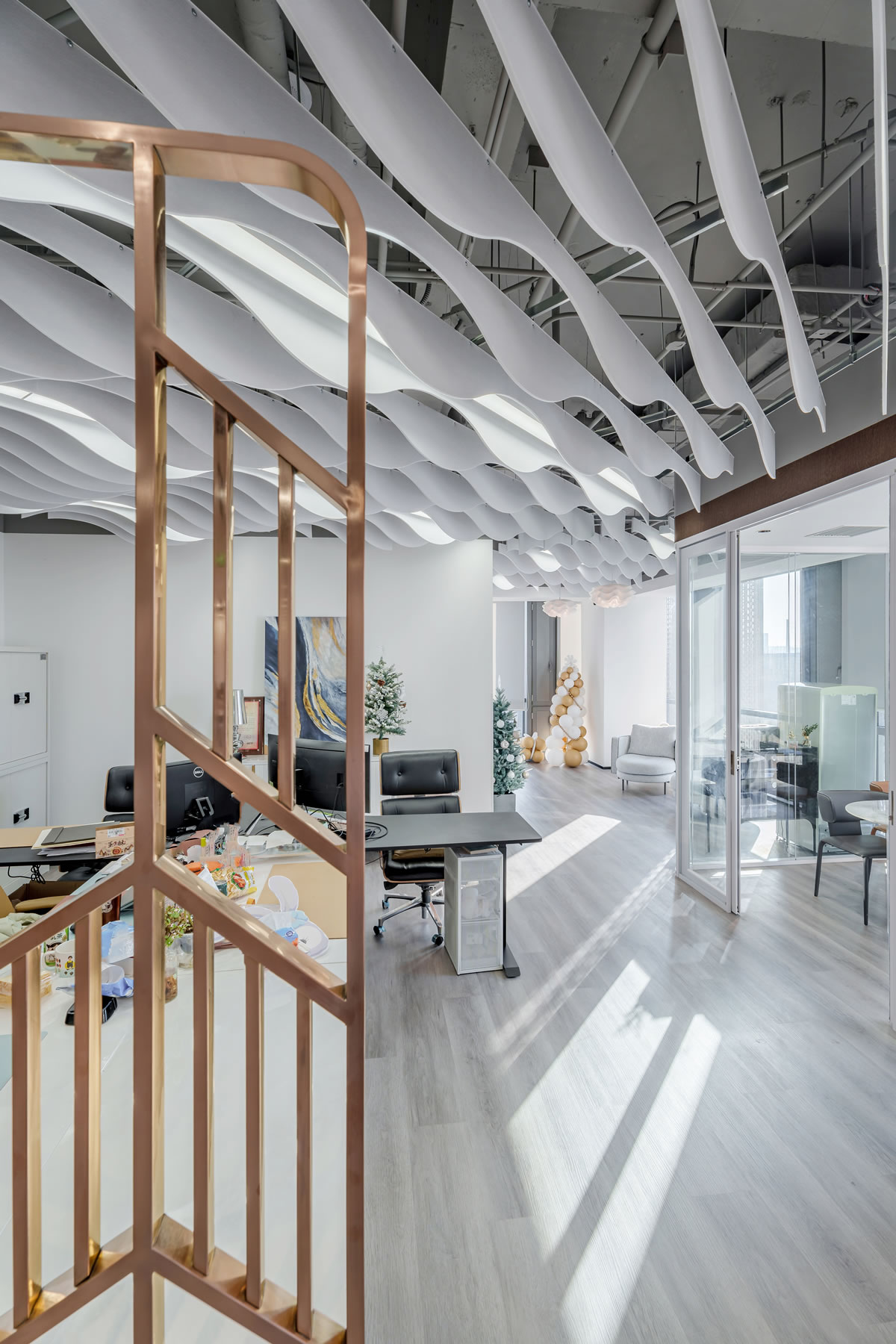
2. Service reception area: the first acoustic touchpoint for shaping professional image
The reception area is the customer's first impression of the company, and its acoustic environment directly affects the customer's experience and evaluation of the company. Here are two effective solutions to make the reception area a 'peaceful harbor' for customers.
1) Multi layer sound-absorbing materials and green plant walls
In the decoration of the reception area, the clever use of multi-layer sound-absorbing materials can effectively absorb and scatter sound waves, reducing sound reflection and echo. At the same time, the green plant wall not only beautifies the space, but also absorbs noise to a certain extent, providing customers with a fresh and comfortable environment.
2) Soundproof walls and telephone booths
By installing soundproof walls, it is possible to scientifically divide the space, cut off the path of noise transmission, and ensure quietness and privacy in the reception area. Reasonable distribution of telephone booths can effectively disperse the flow of people and avoid noise interference caused by concentrated conversations.
3.Collaboration space (conference room/pantry): Suppress reverberation and improve communication quality
Collaborative spaces such as tea rooms, leisure areas, and restaurants are prone to noise due to their large size. Here are two effective solutions to keep collaborative spaces quiet amidst the hustle and bustle.
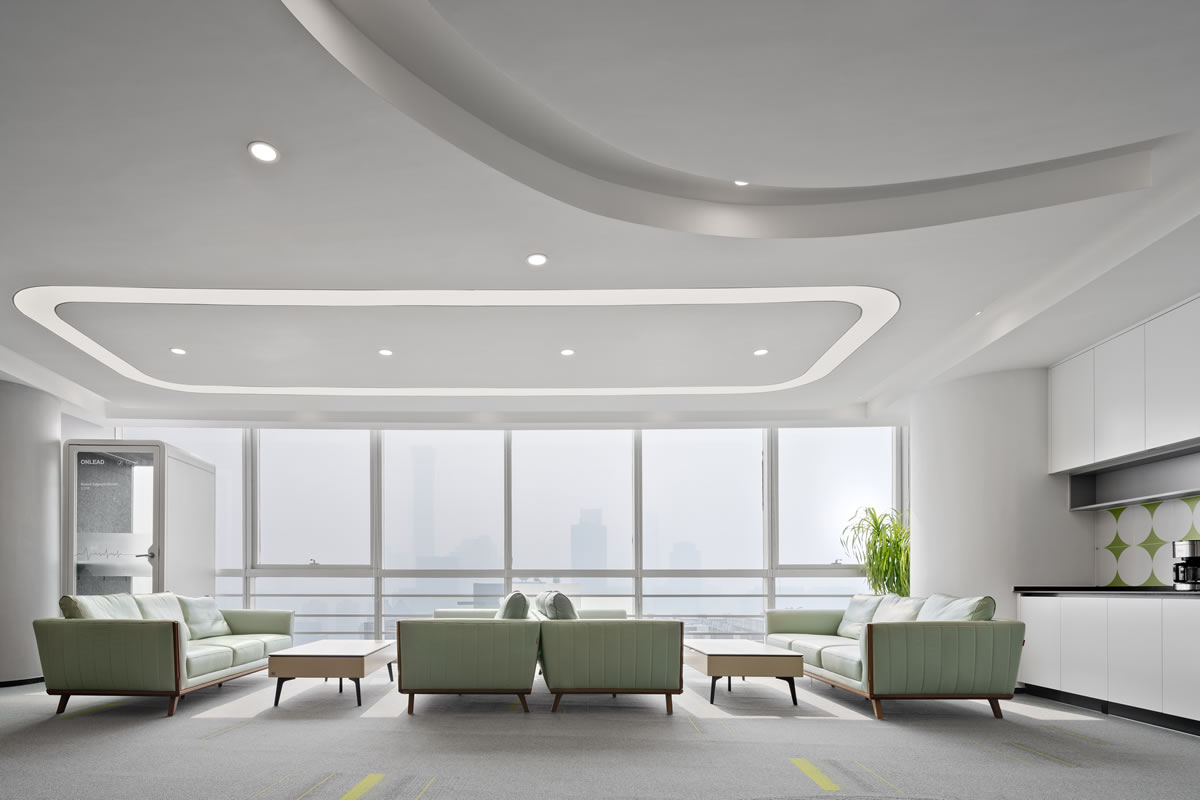
1) Screen partition
In collaborative spaces, cleverly using screen partitions can effectively absorb sound waves from different directions, reducing the reflection and echo of sound in the space. Screen partitions can also separate spaces and create relatively independent communication areas for employees. Pairing with elements such as chandeliers, green plants, and whiteboards can not only enhance the aesthetic appeal of the space, but also further optimize the acoustic environment.
2) Semi enclosed space: creating an independent acoustic environment
Creating semi enclosed spaces or using movable partitions such as screens can achieve physical segmentation in large spaces, creating relatively independent acoustic environments for employees. This allows employees in each small area to communicate and collaborate in a relatively quiet space, avoiding noise interference with each other.
3、 Summary
Noise management is not simply about "blocking the ears", but through scientific planning, allowing sound to flow in an orderly manner in space. Whether it is a startup team or a large enterprise, a suitable acoustic solution can significantly improve employee happiness and productivity. I hope these acoustic solutions for office spaces can provide some inspiration for everyone.
